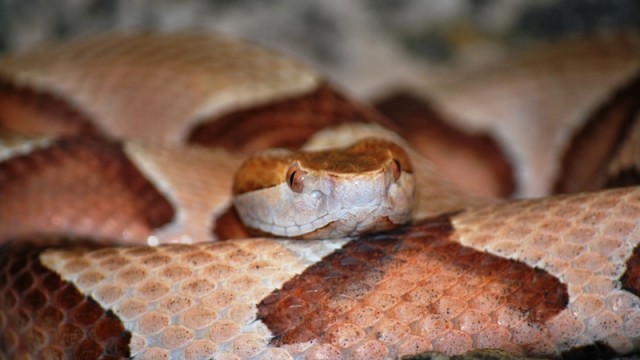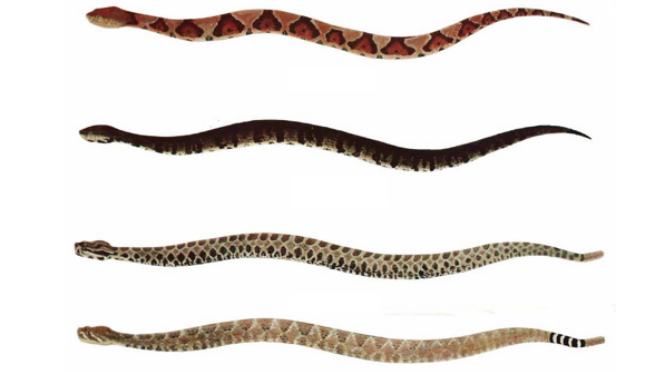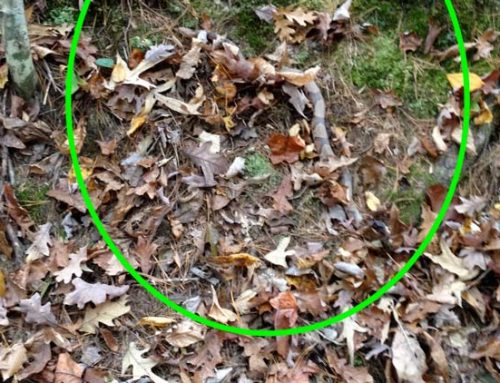That’s right: being able to identify a venomous snake by sight can save lives…
A snakebite can come seemingly out of nowhere. Most snakes will strike only if cornered and if they feel threatened, but the venomous varieties are uncommon.
The best bites are the ones that never happen because people paid attention and avoided the reptiles, treated them with respect. The next best snake bites are startling, but don’t even break the skin. But every year in the United States, some of those bites hit home and the snake is a venomous type.
So far, since 2010 there have been just few dozen human fatalities. There are no organized statistics available for dogs and other pets.
In the event of a strike, seek medical help immediately and definitely make sure to identify which kind of snake did the bite! Proper treatment varies according to species, so your ability to ID a snake can make the difference!
It can be a challenge to identify venomous snakes, but if you learn which varieties are common in your area, that improves your chances. Study the head shapes, colors, and habits of the snakes listed in this article and you should be able to recognize which type you’re dealing with.
Again: most snakes are more afraid of us than we are of them and most of them are not venomous in the United States, but be prepared, just in case the worst happens.
The first snake on our list is well-camouflaged and is a fairly common variety:
 Copperhead
Copperhead
The copperhead snake has a pretty broad range. They are most abundant in eastern Kansas, but can be found in:
- Texas
- Oklahoma
- Kansas
- Missouri
- Arkansas
- Louisiana
- Mississippi
- Alabama
- Georgia
- Florida
- South Carolina
- NorthCarolina
- Connecticut
- Illinois
- Tennessee
- Kentucky
- Virginia
- Indiana
- Ohio
- Maryland
- Iowa
- Pennsylvania
- New Jersey
- Delaware
- New York
- Massachusetts
Copperheads are normally about 2-3 feet in length. They favor rocky ledges and other places where they can sun in the summertime. Although they are nocturnal they still tend to situate themselves in the open, in dried leaves. This makes them very tough to spot, due to their camouflage pattern.
BEWARE when walking through dried leaves.
This tendency to blend with their surroundings is what leads to most encounters with copperheads. Their venom is not as strong as some other venomous snakes, but pets, elderly people, and young children are still at serious risk.
The next snake on our list has MUCH stronger venom!




